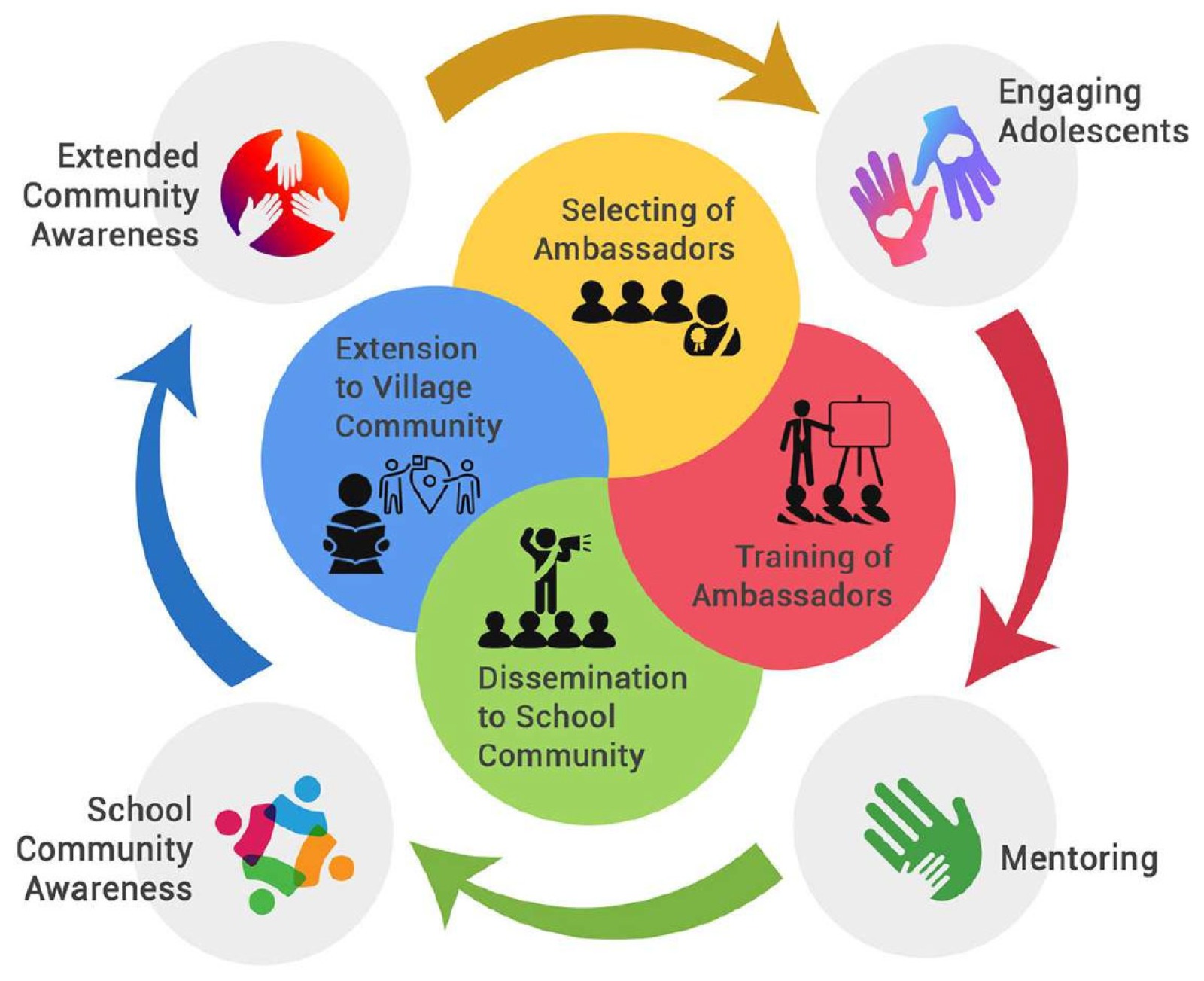Sayanika Banerjee, 6th sem, BCJ
Amidst the hustle and bustle of society’s streets and quiet residential areas, a silent epidemic of substance abuse and addiction afflicts millions of people. Addiction affects people of all ages, backgrounds, and lifestyles, and its darkness belies hope,a glimmer of light that points the way to recovery. But the most affected are the young students. Students often find themselves wandering down hazardous paths in the maze of puberty, where curiosity and peer pressure collide. One of the most frequent and dangerous routes is probably drug use, which has long been a problem at educational institutions. It is imperative that parents and educators comprehend how this threat ensnares youngsters and consider possible ways to combat it. Students are now more likely to become targets of drug pushers due to the temptation of trying new things and the fear of missing out. They prey on needs and desires, offering happiness in the form of medication or the chance to temporarily forget about everything because of a “substitute.” Most students succumb to addiction fast because they are driven to fulfill requirements and absolve themselves of responsibilities, which further heightens the desire. The complicated problem of addiction is influenced by a number of biological, psychological, and social variables. Addiction is frequently used as a coping mechanism for unresolved trauma, mental health issues, or social limitations. Whatever the source, addiction is a chronic illness that necessitates all-encompassing treatment plans that deal with both its triggers and underlying causes. Digital platforms and social media provided drug dealers with means to reach students. These platforms allow dealers to sell drugs covertly while maintaining their anonymity. This complicates the task of authorities in putting an end to these activities. Ads, peer pressure, and internet organizations that encourage drug use are now visible to pupils. This might easily happen to them. An interdisciplinary strategy is necessary to address this widespread issue. The most important thing is to keep lines of communication open between students, instructors, and parents. Creating a space where children feel comfortable sharing their worries and receiving support is essential for taking early action. Programs that teach students how to resist peer pressure and educate about the consequences of substance addiction are also very important. It’s imperative that universities, law enforcement, and community organizations collaborate to address the root causes of drug usage. Tight regulations preventing drugs from entering colleges, frequent warning campaigns about the risks, access to counselors and rehab, and all of these things can significantly lower drug usage among students. Students frequently experiment with various interests and pastimes. Providing enjoyable and productive alternatives like fitness and recreational activities could discourage drug usage. When young people discover their interests and abilities, they reject peer pressure and affluent escapes. Shady transactions can also be tracked via internet monitoring. Children need to learn about illicit trade, online predators, and responsible web usage.
There are several aspects to stop drug usage.
- Prevention is better than cure.
- Open communication is beneficial.
- Information is power to prevent drug use.
- Support services are also helpful for recuperation.
- We can shield pupils from the negative effects of drug abuse by employing these strategies.
Narratives of abuse and addiction vary, but they are all united by human resilience, hope, and progress. Let’s support people in need, guarantee access to care, and recognize the healing and uplifting potential of recovery for individuals, families, and communities. Together, we’ll shed light on the dark sides of addiction, foster understanding and compassion, and clear the way for recovery. Every story is different, yet they are all connected by the gifts of transformation, hope, and resiliency.


